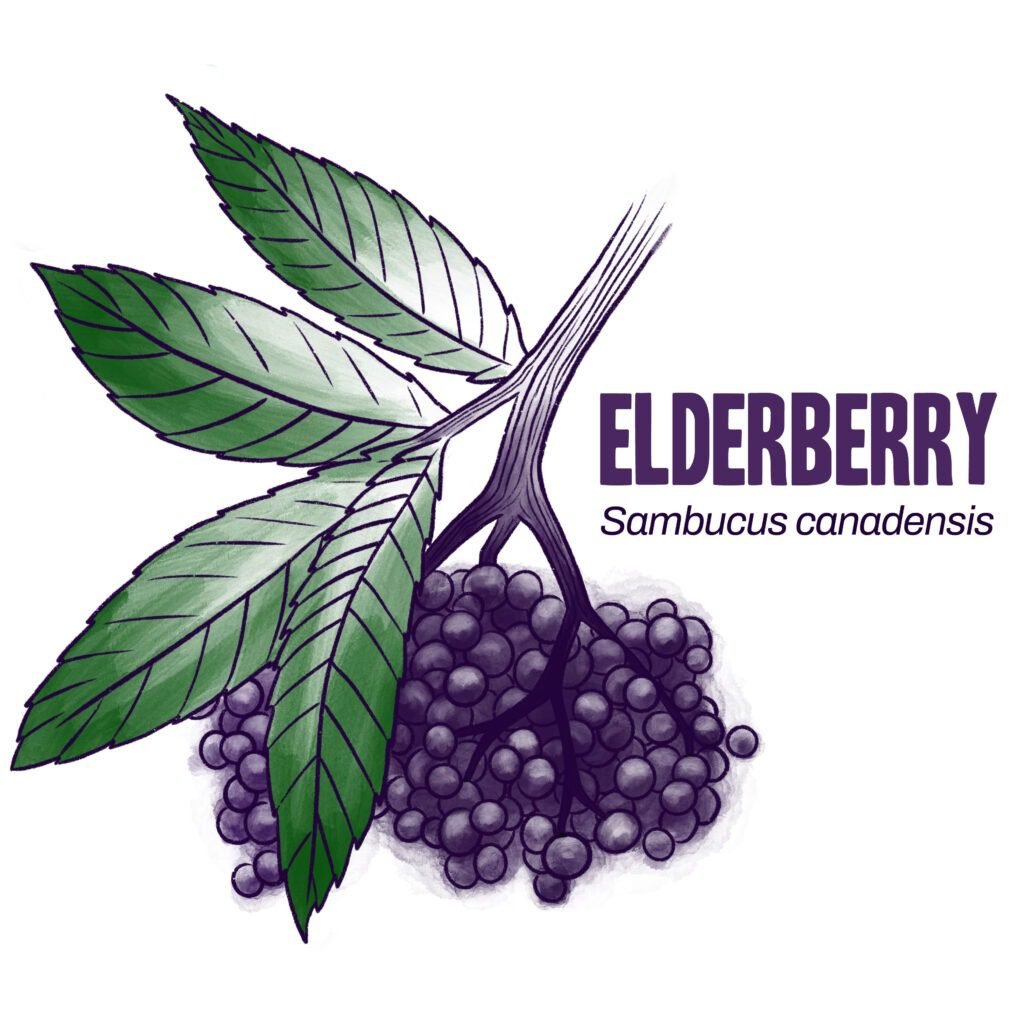
Elderberry
Sambucus canadensis
A hardy, native perennial that is easy to propagate. The flowers support pollinators, and the fruits are high in healthy antioxidants. Main markets are juice, preserves, syrup, wine, and medicinal products. Hand harvested.
DRAINAGE: Moderate to well-drained
LIGHT: Full sun
ZONES: 3–9
SPACING: 4 ft BETWEEN ROWS: 10–12 ft
YEARS TO PARTIAL/FULL BEARING: 2–4
HARVEST SEASON: June–July for flowers, July–September for fruit
Opportunities
Both the flowers and fruit can be harvested from an elderberry shrub. Unlike most other shrubs, elderberries can be coppiced to the ground annually, which reduces yields slightly but saves pruning labor and makes for more even ripening and larger fruit clusters.
Challenges
Elderberries are a preferred food for birds, and they can consume an entire crop if not controlled. The small berries are borne in clusters that do not lend themselves to machine harvest, and fruit must be frozen before processing.
Management
Elderberries can be propagated through hardwood and softwood cuttings, root cuttings, or from seed. After establishment, pruning is encouraged by either coppicing to the ground or standard means but is not necessary. While mostly pest and disease resistant, the Spotted Wing Drosophila has become a concern for commercial growers.
Our Research
Tree crop breeders are developing cultivars with traits which allow machine harvesting: reducing berry drop, increasing the uniformity of fruit ripening both within fruiting clusters and across entire plants, and increasing fruit firmness.
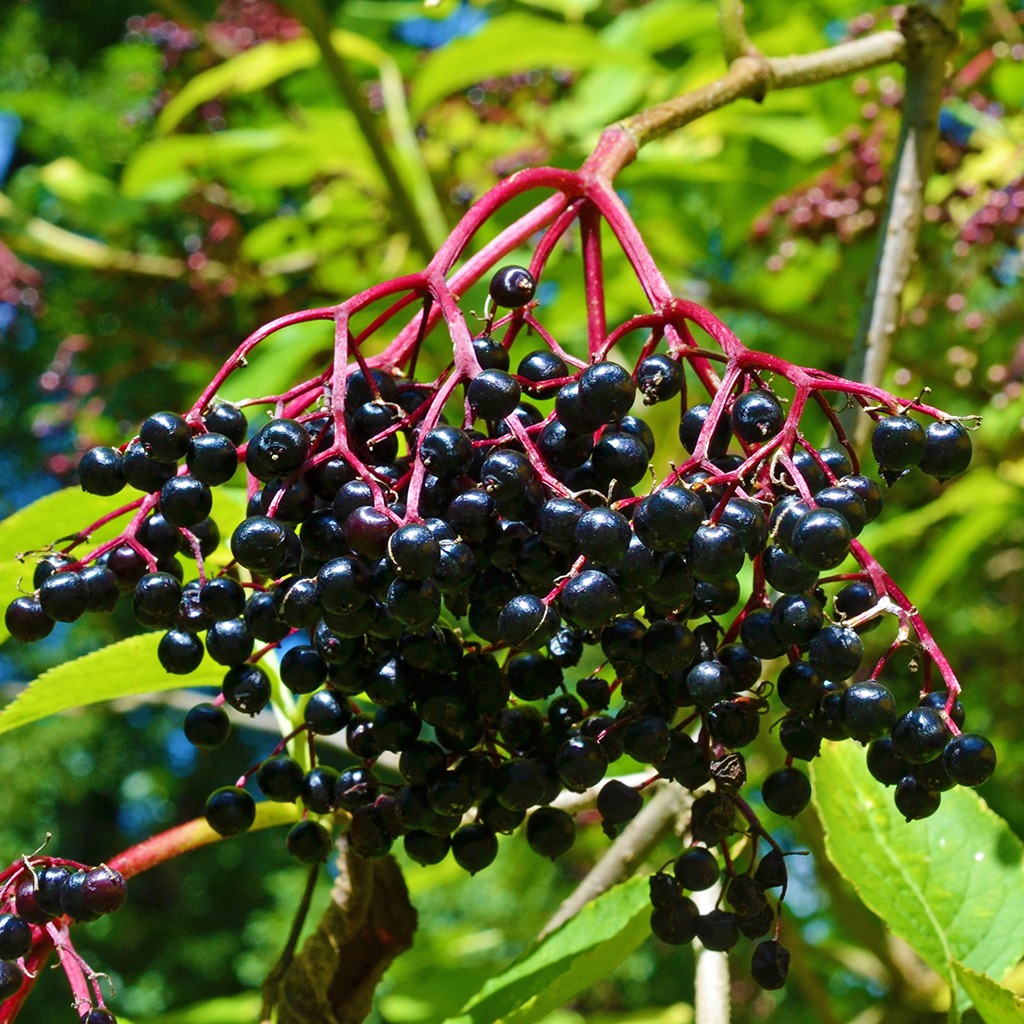
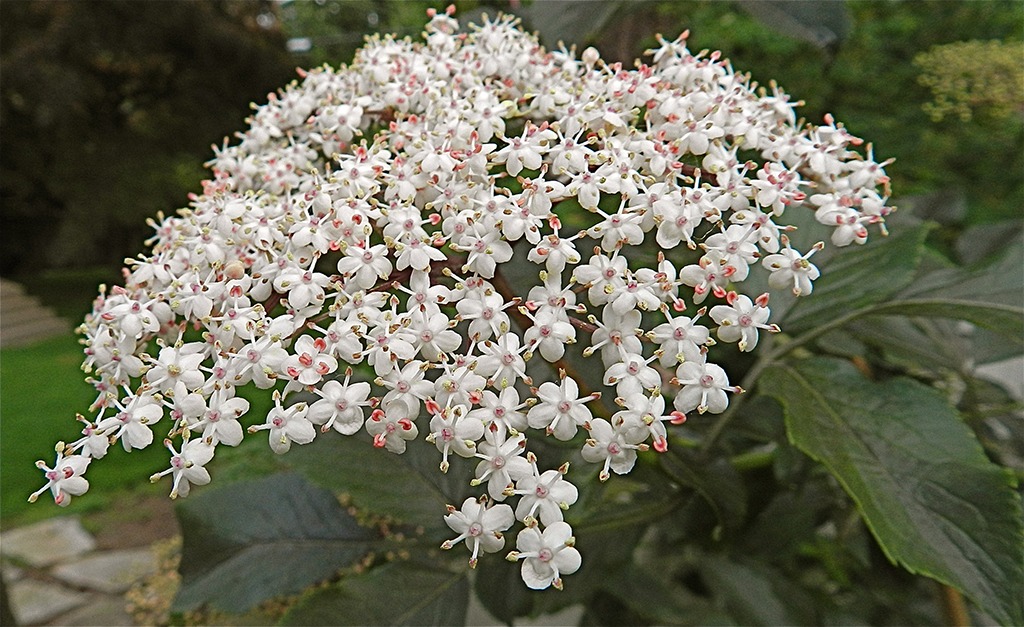
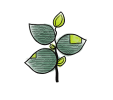
RESOURCE
Elderberry
- Review more basic grower information about plant selection and management.
- See an economics case study and find more sources for information.
- You can also print this handout to use at educational events or for outreach.
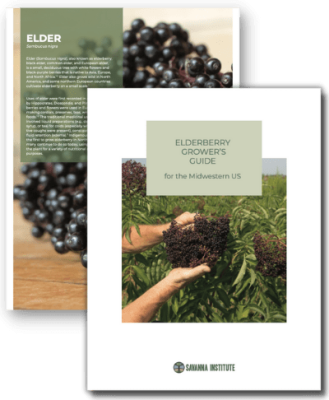
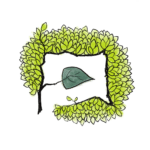
How to Grow Elderberries in the Midwest
Have you considered growing elderberries? What are the benefits?

One-On-One Support for Farm Planning
Technical Assistance Program
Get help planning your perennial farm system. Our Technical Assistance Program is here to guide you through the process of planning, funding, and planting trees on your farm.
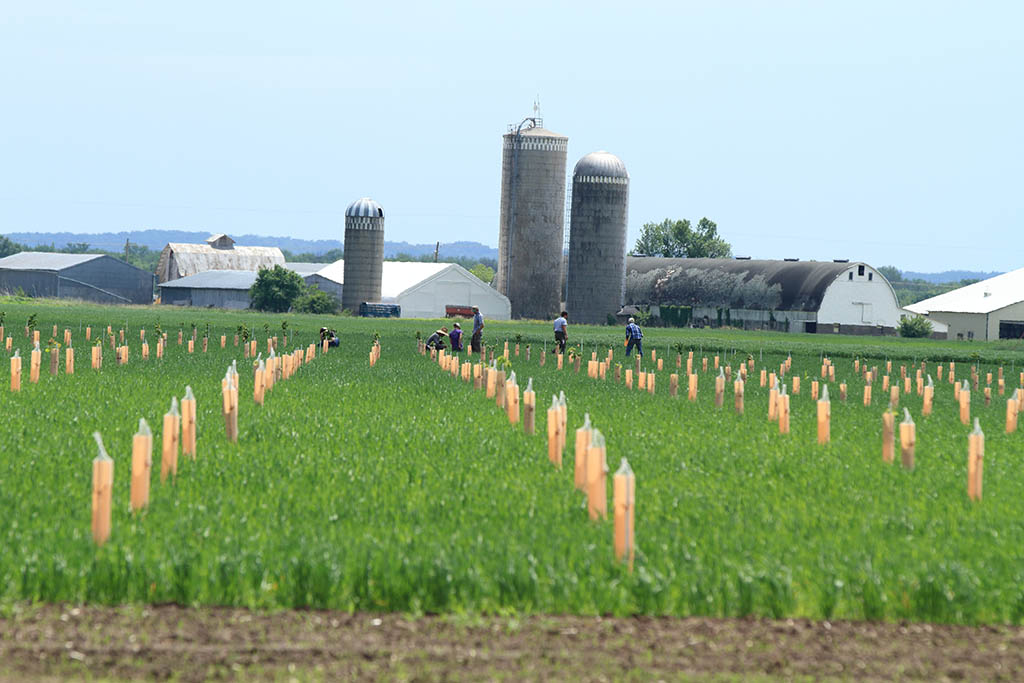
Looking For Plants?
Canopy’s Nursery offers plant material in your region. Find chestnut, walnut, pecan, hazelnut, heartnut, persimmon, pawpaw, black currant, and elderberry for order in their online store. Not only does Canopy increase the availability of high-quality plant material in the region, it also donates part of its proceeds to Savanna Institute’s nonprofit research and education mission.

